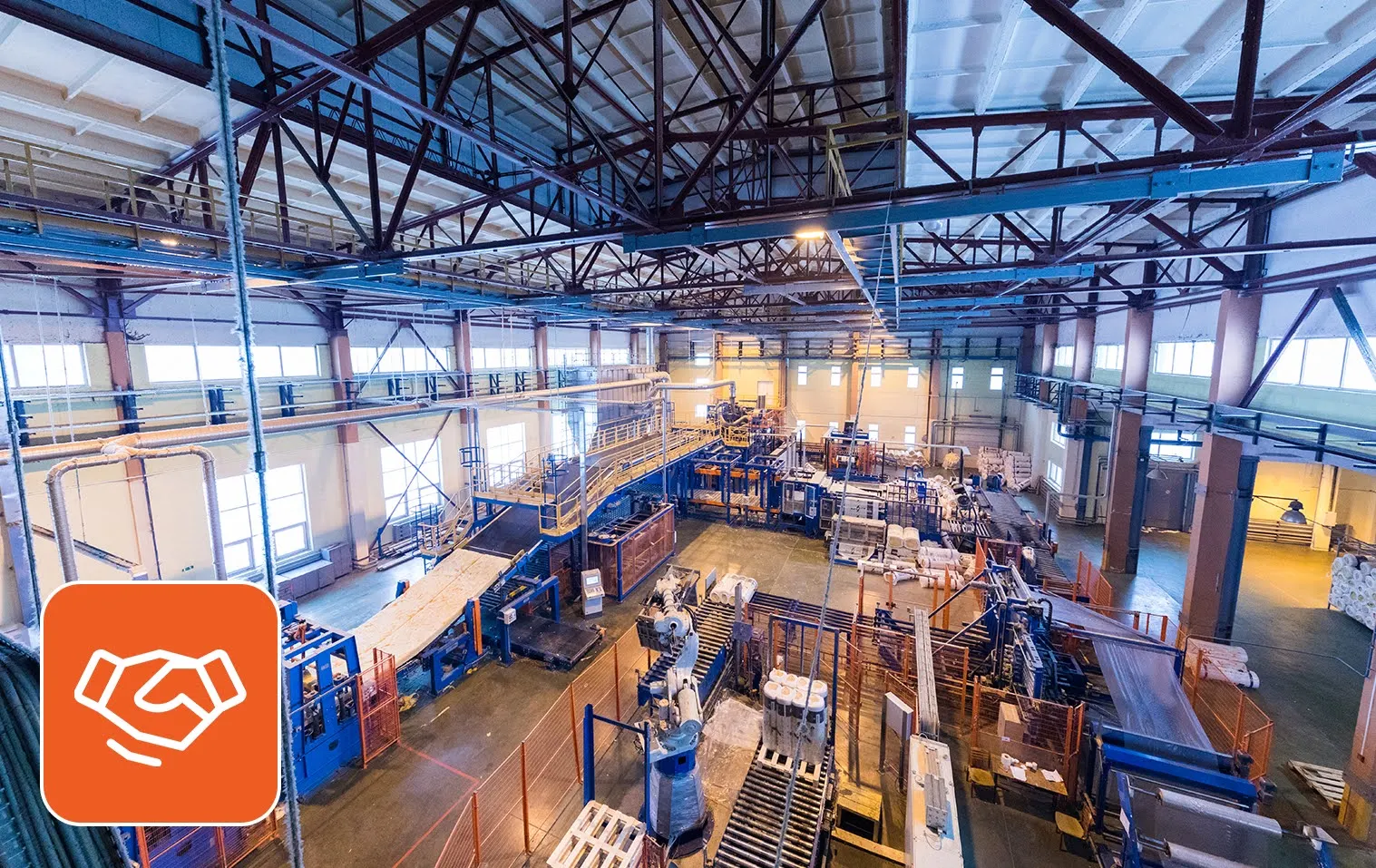In most boardrooms, fiscal plans for 2026–2027 are already being drafted. But while budgets, systems, and customer strategies evolve quickly, the workforce plan, the single largest driver of execution, often lags behind.
For many CHROs, this lag isn’t about inefficiency, but uncertainty. The traditional approach to headcount forecasting no longer fits an environment where AI reshapes entire job families overnight, and new roles emerge faster than universities can name them.
That’s why strategic workforce planning for CHROs in this decade is all about futureproofing capability. It’s leadership discipline that combines workforce analytics, business foresight, and human judgment.
The Shift from Planning Headcount to Designing Capability
Let’s start with a truth most HR leaders already know: headcount is no longer a proxy for capacity.
The CHRO’s task has evolved from “how many people” to “what kind of people and when.”
Strategic workforce planning today means orchestrating three moving parts simultaneously:
- Workforce forecasting to understand where capability gaps will appear before they do.
- Succession planning to ensure institutional memory isn’t lost to attrition or retirement waves.
- Workforce optimization to balance cost efficiency with agility across permanent, contract, and gig workers.
A real-world example comes from UPS, which uses predictive analytics and forecasting models to guide its logistics planning, including how packages flow into its network and when capacity needs to be adjusted. By analyzing route data, weather patterns, and regional purchasing behavior, UPS adjusts its hiring and scheduling as early as six months before the holiday rush.
The result? Lower overtime costs and smoother operational throughput are a direct outcome of treating strategic workforce planning as a living process rather than a reactive exercise.
That’s the new face of strategic workforce planning: real-time, data-informed, and proactive.
The Evolving CHRO Role: Thinking Beyond Forecasts
Forecasting used to mean projecting turnover and hiring trends. But workforce forecasting in 2026 looks different. It’s powered by scenario modeling, including “what if” simulations that map out business outcomes against talent variables.
Consider this metaphor: traditional forecasting is like checking tomorrow’s weather; strategic foresight is like understanding climate change. One helps you pick an umbrella. The other shapes your entire survival strategy.
Modern CHROs are now blending data science and human intuition to predict the shape of work itself:
- Which roles are likely to automate?
- Which emerging roles will require hybrid or remote-first skills?
- How will regional labor supply shifts influence cost per hire?
The talent management strategy for the next two years will depend less on reactive hiring and more on talent gap analysis, mapping internal skill inventories to future project needs.
Leading organizations are already building skills taxonomies to translate abstract capabilities (“digital literacy”) into measurable data points (“ability to operate RPA workflows”). This is the language of future resilience.
Balancing Permanence and Flexibility
Every CHRO faces the same question: What is the optimal mix of permanent versus gig workers?
What was once a budgetary decision, is now a risk-mitigation strategy.
A workforce agility framework can help here. Think of your workforce as a diversified investment portfolio:
- Core employees form the stable blue-chip base.
- Contingent workers are the tactical assets you can liquidate or reinvest depending on market movement.
- Automation and AI tools act as index funds — reliable, predictable, and low-risk.
By actively designing this mix, CHROs can cushion their organizations against volatility while sustaining productivity.
Making Workforce Planning a Leadership Ritual, Not an HR Cycle
The most effective strategic workforce planning framework functions as a continuous rhythm woven into business decision-making. Forward-thinking CHROs treat workforce planning as an ongoing dialogue, integrating it into quarterly reviews rather than confining it to an annual exercise.
Here’s what that looks like in practice:
- Quarterly foresight sessions: Align talent forecasts with upcoming business milestones (new market entry, product launch, digital pivot).
- Real-time dashboards: Track skills mobility, internal redeployments, and attrition risks across geographies.
- Cross-functional ownership: Involve CFOs, CTOs, and COOs in HR strategic planning conversations so workforce design supports financial and operational goals.
This approach transforms HR from a service function into a strategic workforce management partner. When CHROs own the workforce narrative in the C-suite, they move from forecasting the future to shaping it.
Transforming Workforce Planning with Intelligent Tools
It’s impossible to talk about the future of workforce planning without addressing technology.
Many HR leaders still operate with static Excel models while their competitors use integrated strategic workforce planning software. These platforms visualize data and learn from it.
Through AI-driven insights, companies can simulate how various scenarios affect headcount, costs, and timelines. Imagine a dashboard that tells you:
- Which of your current roles are at automation risk within 18 months.
- Which internal teams have the learning velocity to fill those roles without external hiring.
- How each option affects your bottom line in real time.
That’s what leading firms are doing with strategic workforce planning tools today.
Leading with Empathy in a Data-Driven World
For all the analytics, the soul of workforce planning remains human.
Succession planning still depends on trust and mentorship. Workforce optimization requires empathy when transitioning employees between roles. And HR leadership strategies hinge on how well leaders communicate uncertainty without eroding morale.
Think of the CHRO as both architect and anthropologist, building structures for scale while studying the stories behind employee data. Metrics can reveal skill gaps, but only conversations can uncover motivation gaps. The latter often decides whether an employee stays or leaves.
The Road Ahead
The CHROs who thrive in FY 2026–2027 will be those who turn strategic workforce planning into a core business competency, not a compliance checklist.
Here’s what sets them apart:
- They treat future workforce trends as business opportunities, not HR curiosities.
- They design for workforce agility, creating modular teams that can expand or contract around shifting priorities.
- They invest in strategic workforce planning models that integrate financial forecasting and human capital analytics.
- And above all, they foster a culture where leaders think of workforce moves the same way product managers think of innovation, as iterative, data-driven experiments.
Final Words
By the end of this decade, the most successful organizations will have one thing in common: CHROs who master foresight as a leadership skill.
Strategic workforce planning for CHROs will be about predicting capability shifts before they happen. It will blur the lines between HR and strategy, between talent and technology, and between data and empathy.
Because in 2027 and beyond, agility is a mindset.
Ready to build a future-ready workforce?
Partner with SPECTRAFORCE to align your workforce strategy with tomorrow’s business goals.
Explore Strategic Workforce Solutions
FAQs
Strategic workforce planning is the process of aligning an organization’s long-term goals with its future talent needs. It helps CHROs predict skill gaps, plan hiring or upskilling, and ensure the workforce stays agile and future-ready.
Common challenges in workforce planning include data silos, unpredictable attrition, and difficulty forecasting future skill requirements. These challenges make it hard for CHROs to build a truly agile and optimized workforce.
CHROs can forecast talent needs by using workforce forecasting models that analyze internal skill inventories, business priorities, and market shifts. This ensures proactive hiring and development decisions for FY 2026–2027.
Strategies that help bridge skill gaps include continuous learning programs, internal mobility frameworks, and succession planning. These ensure employees evolve with business needs.
Workforce plans should be reviewed quarterly to stay aligned with market trends, talent movements, and organizational priorities. Regular reviews keep workforce planning a living, adaptive process.
The optimal mix of permanent vs. gig workers depends on business goals and risk tolerance. Generally, a balanced workforce optimization approach, combining stable core roles with flexible project-based talent, provides agility and cost efficiency.



